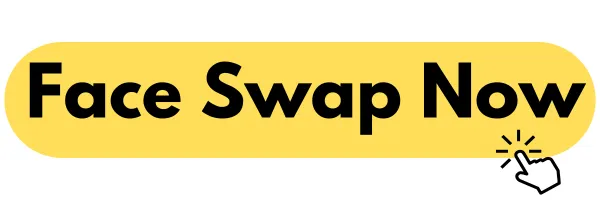Natalie Portman deepfakes
Natalie Portman in the Realm of Deepfakes An Exploration of Technology, Ethics, and Impact Deepfakes, a technological marvel leveraging artificial intelligence (AI) to create or modify videos and audio content, have captivated the digital world.

- Alexander Reed
- 4 min read

 Natalie Portman in the Realm of Deepfakes: An Exploration of Technology, Ethics, and Impact Deepfakes, a technological marvel leveraging artificial intelligence (AI) to create or modify videos and audio content, have captivated the digital world. This sophisticated form of media manipulation has sparked debates across various sectors, from entertainment to politics. Among the numerous celebrities whose images have been subjected to this technology, Natalie Portman, the Oscar-winning actress and Harvard graduate, stands out prominently. This article delves into the intricate world of Natalie Portman deepfakes, exploring the technology behind them, the ethical implications, and their broader impact on society faceswap video.
Natalie Portman in the Realm of Deepfakes: An Exploration of Technology, Ethics, and Impact Deepfakes, a technological marvel leveraging artificial intelligence (AI) to create or modify videos and audio content, have captivated the digital world. This sophisticated form of media manipulation has sparked debates across various sectors, from entertainment to politics. Among the numerous celebrities whose images have been subjected to this technology, Natalie Portman, the Oscar-winning actress and Harvard graduate, stands out prominently. This article delves into the intricate world of Natalie Portman deepfakes, exploring the technology behind them, the ethical implications, and their broader impact on society faceswap video.
Understanding Deepfakes: The Technology Behind the Magic
Deepfakes are primarily powered by Generative Adversarial Networks (GANs), a complex AI system comprising two neural networks: a generator and a discriminator. The generator creates synthetic images or videos, while the discriminator assesses their authenticity. These two networks work in tandem, continuously iterating and optimizing until the generator produces content indistinguishable from the real thing.
The process involves training the generator with vast amounts of data, such as images or videos of a specific individual, enabling it to capture the unique features and nuances of the person’s appearance and movements. Once trained, the generator can create realistic deepfakes by synthesizing new content based on the learned patterns.
Natalie Portman: A Case Study in Deepfake Creation
Natalie Portman, known for her versatility and dedication to her craft, has become a popular target for deepfake creators. Her distinctive features, coupled with her widespread recognition, make her an ideal candidate for this type of media manipulation.
In the realm of deepfakes, Portman’s image has been featured in various scenarios, from portraying different characters in iconic films to engaging in fictional political debates. These deepfakes often blur the line between reality and fiction, raising questions about the authenticity of visual content in the digital age.
One notable example is a deepfake video where Portman appears to be giving a speech about a fictional political topic. The video is meticulously crafted to mimic her speech patterns, facial expressions, and even her body language. To the untrained eye, it’s almost impossible to discern that the video is not genuine.
Ethical Implications of Deepfakes Featuring Natalie Portman
The proliferation of deepfakes featuring Natalie Portman and other celebrities has sparked widespread ethical concerns. One of the primary issues is the potential for misinformation and manipulation. In a world where visuals are often the primary source of information, the ability to create convincing fake videos could undermine trust in media and public figures.
Moreover, deepfakes raise concerns about privacy and identity theft. The technology allows anyone with sufficient skills and resources to create fake videos of real people, potentially leading to reputational damage, harassment, or even more severe consequences. For Portman and other celebrities, the threat of their image being used for malicious purposes is a constant concern.
The ethical implications extend beyond individual celebrities. Deepfakes have the potential to disrupt democratic processes, influence public opinion, and undermine social stability. By creating fake news or propaganda, malicious actors can manipulate public perception and steer societal discourse in directions that align with their objectives.
The Broader Impact of Deepfakes on Society
The rise of deepfakes featuring Natalie Portman and other public figures underscores a broader trend of media manipulation and disinformation in the digital age. The ability to create convincing fake videos has democratized the spread of misinformation, making it more challenging to distinguish truth from fiction.
This has led to a crisis of trust in media and public institutions. With the proliferation of fake news and deepfakes, people are increasingly skeptical of information presented through traditional channels. This skepticism can undermine the effectiveness of democratic processes, as voters may become more susceptible to manipulation and less likely to trust political leaders and their messages.
Furthermore, deepfakes have the potential to exacerbate social divisions and promote extremism. By creating fake videos that promote hate speech, propaganda, or other forms of divisive content, malicious actors can incite conflict and undermine social cohesion. This threat is particularly acute in environments where freedom of speech and expression are highly valued but not always regulated effectively.